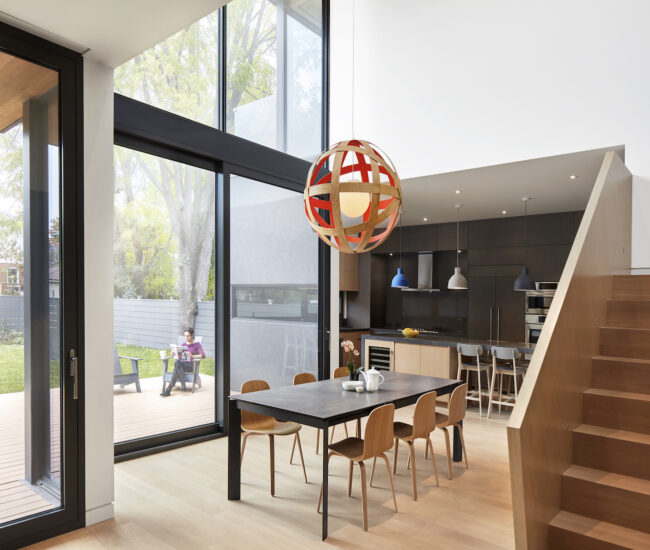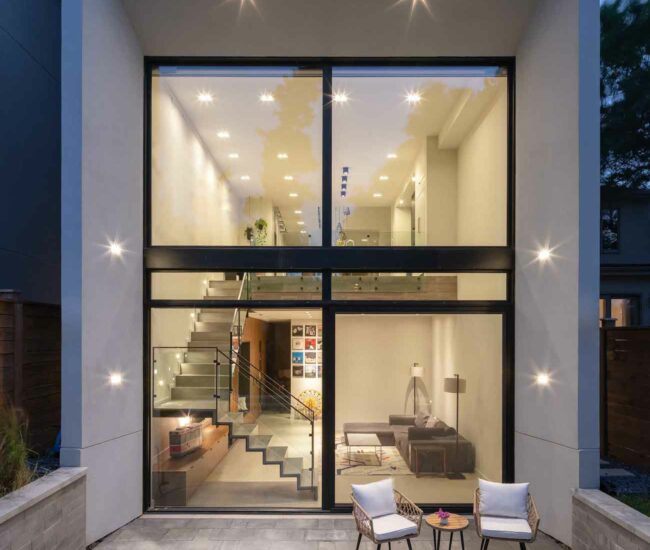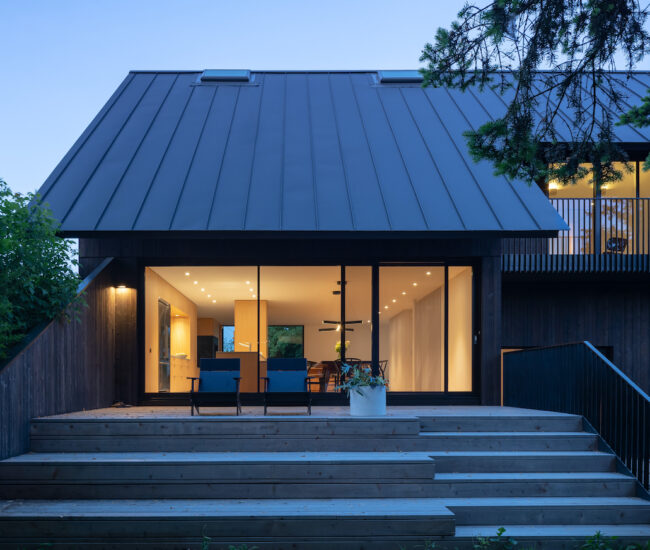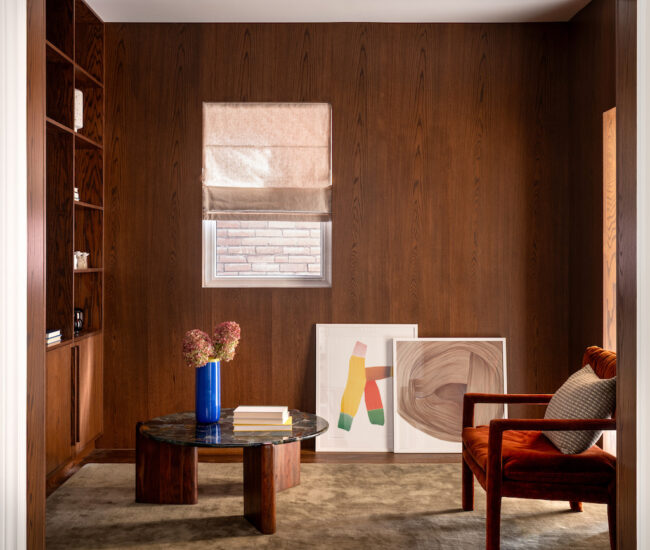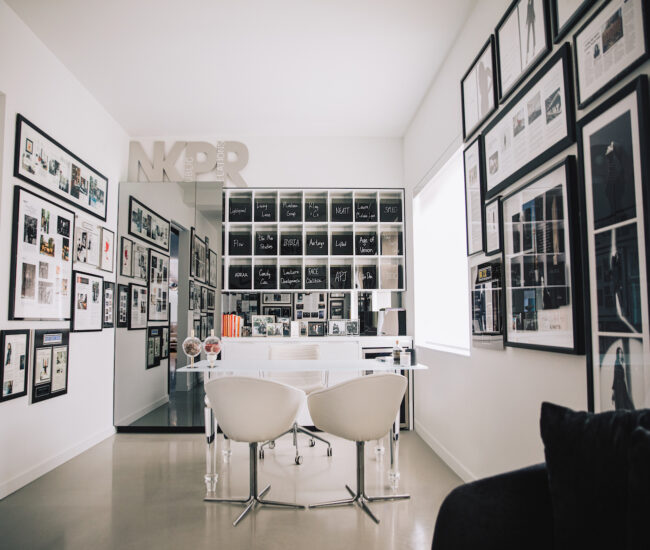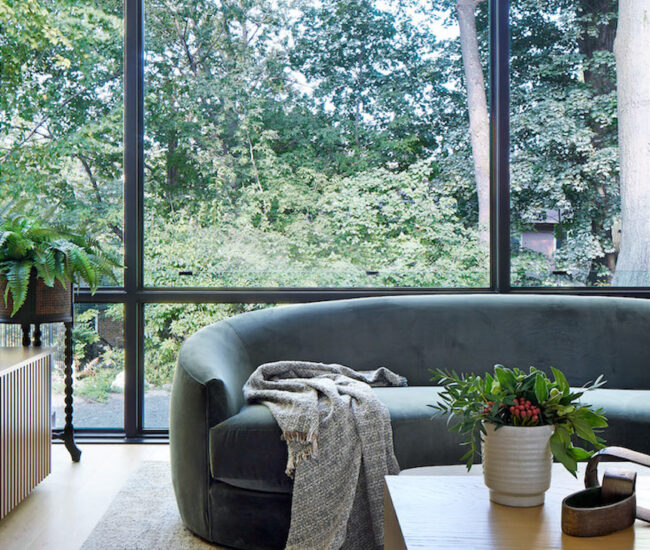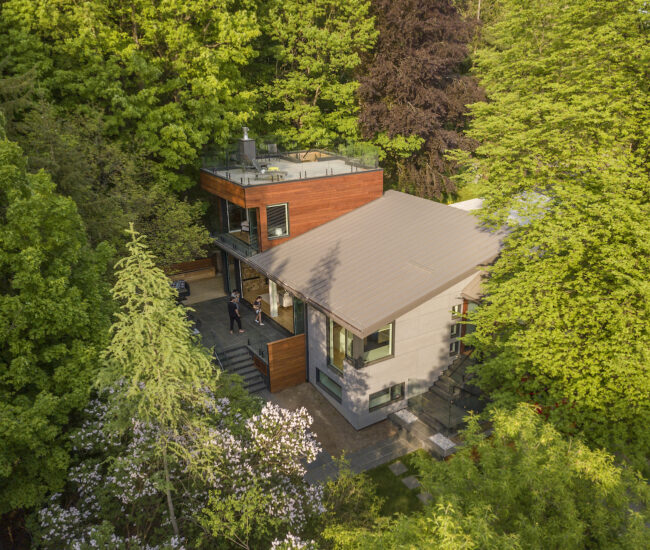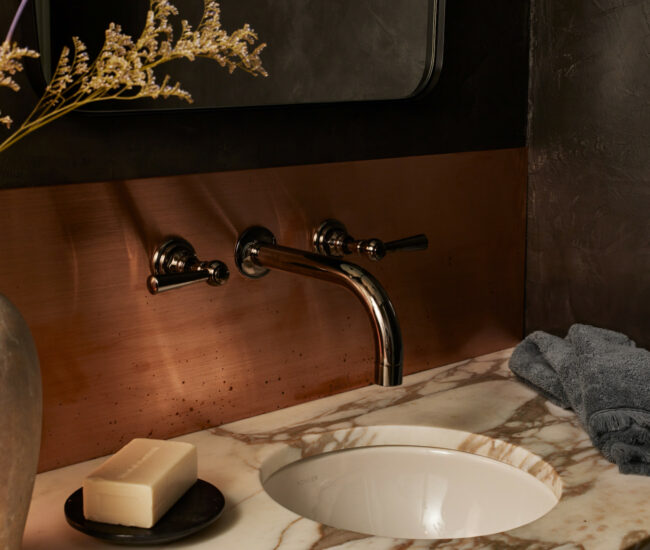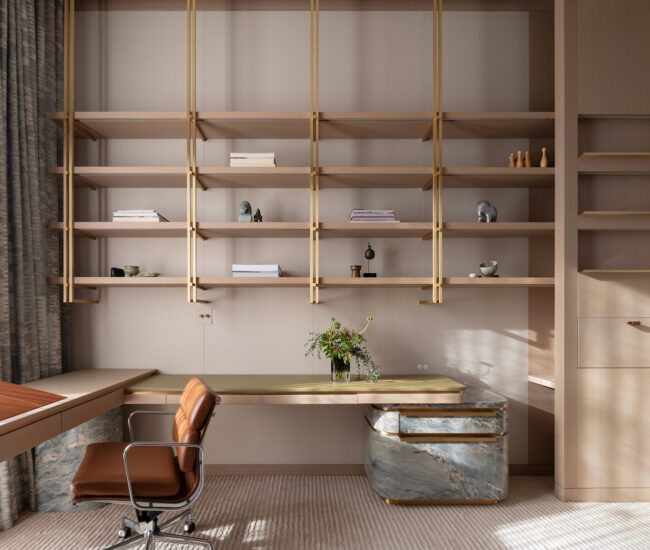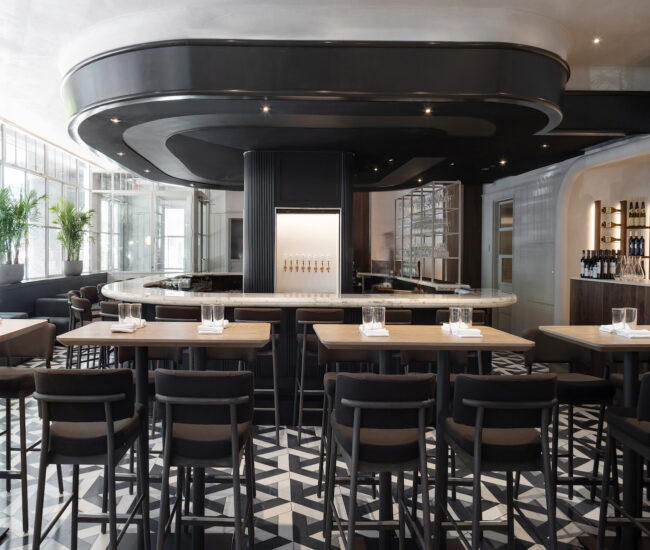A Peek Inside the Manulife Centre’s “Hidden Hotel”
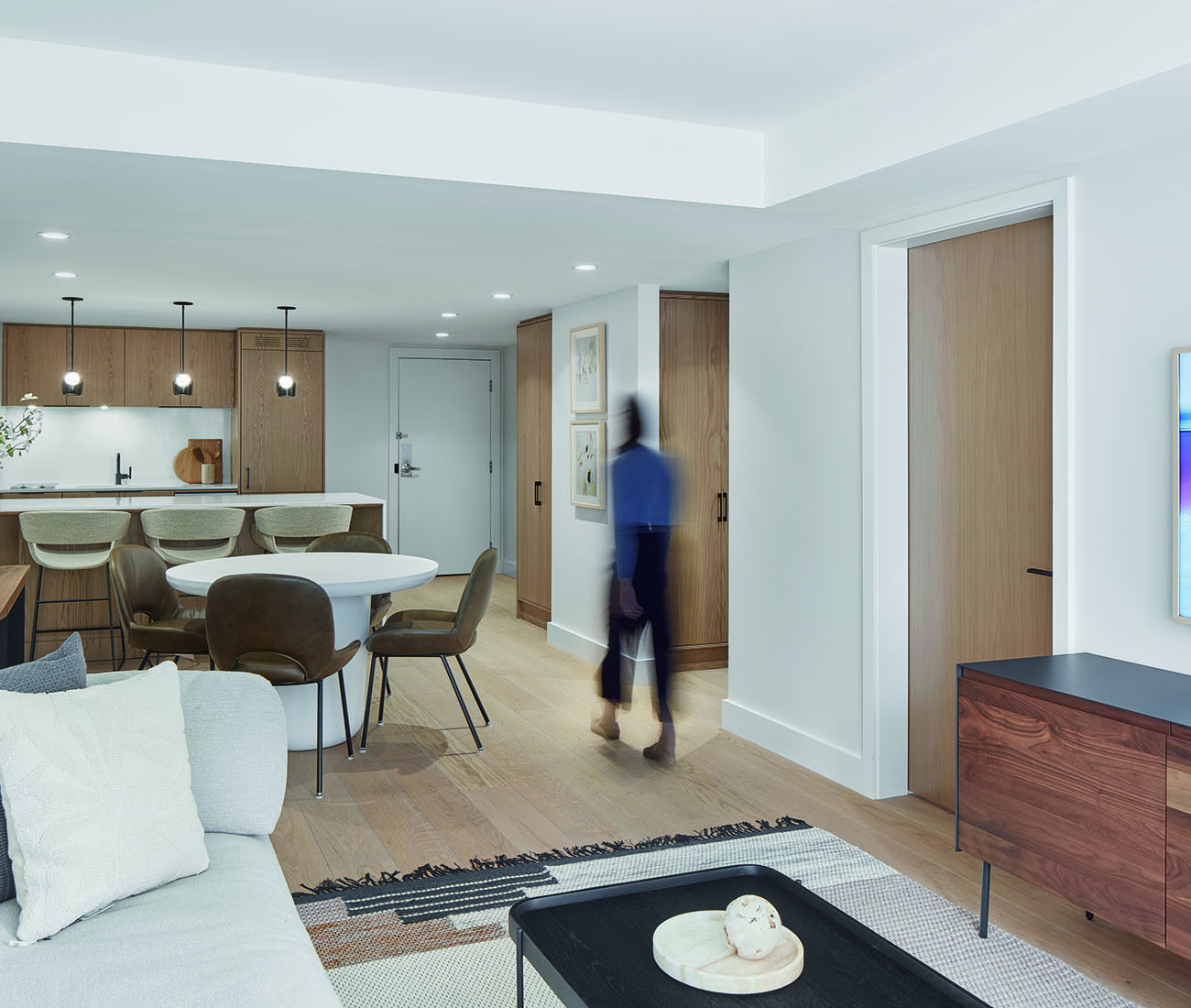
Designed by Dialog’s Alison McNeil, the Manulife Centre’s amenity suites offer the comforts of home paired with the glamour of travel.
One of Toronto’s most easily recognizable buildings, at the corner of Bay and Bloor, the Manulife Centre houses over 800 residential units. It’s one of Bloor-Yonge’s most populated highrises, and one of its most popular, too. It now also has some of the most exclusive hotel rooms in the city inside its “hidden hotel.” Available only to Manulife residents and their guests, the 16 suites have recently been revitalized to bridge the gap between hotel and homestay.

Dialog’s Alison McNeil transformed the suites for the Manulife’s clientele — a task that required intimate knowledge of their needs and wants. “Part of hospitality design is knowing who you’re designing for and what they need. We had almost 1:1 feedback on this project, so the targets were real instead of imagined,” she says.
For McNeil, the special touches and luxuries of hotel stays carry a certain je ne sais quoi that can’t be easily replicated. “To me, hotels have always been an extravagant, fantasmagorical situation where anything can happen”, she says.

The designer’s luxury portfolio (she’s worked on suites at the Four Seasons in Toronto, and more recently a wellness centre at the Royal York) is apparent in the hotel rooms’ finishings. Arguably the most noticeable design choice, a solid white-oak tambour wall, adds texture and warmth to the room without resorting to old timey tropes. “We wanted it to feel of the moment, but also timeless. That can be a hard balance to strike,” she says.

To create seating and desk space in a small room without taking away from the streamlined minimalism, McNeil designed a flat-cut, red-oak bench with leather upholstery that serves as both a lounger and a seat for working from the suite’s marble table. Another thoughtful accent — a leather magazine rack integrated into the bench — gives the furniture piece an elevated look.

The glass-walled closets illuminated with LEDs add a dose of glamour — “we could have just done typical closet doors, but we wanted to make it better appointed,” says McNeil. “And there’s a well-sized mirror to check yourself out.” Rounded edges abound in each of the suites, as texture and shape takes precedence over colour. Monochrome tones create a serene, out-of-office ambiance and add to the overall sense of unity.

In one of the 1-bedroom furnished suites, a closet nook is transformed into an elevated laundry room. It’s a move that might seem unusual, but to McNeil, it made perfect sense: with a bit of extra space, a traditional hotel room can be transformed into a more practical place to stay — maybe even better than one’s own home.

When competing with Airbnb’s appeal, new hospitality developments have the opportunity to learn from public demand and create spaces that look like home but feel like a vacation. McNeil agrees that the difference is fundamental: “When you choose to stay in a hotel, you’re choosing to treat yourself. I think hotels will see a major upshoot in the next little while.”

